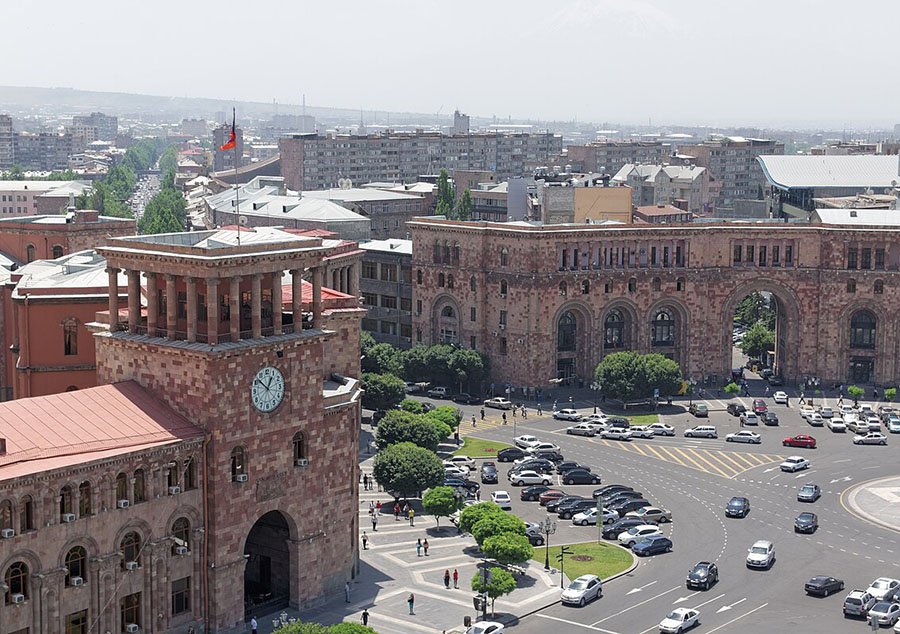читайте также
 New Rules for Temporary and Permanent Residence in Armenia: What Will Change in 2026
New Rules for Temporary and Permanent Residence in Armenia: What Will Change in 2026
 Thousands of Hotel Rooms Remain Empty Across the UK This Christmas — Despite Record Demand
Thousands of Hotel Rooms Remain Empty Across the UK This Christmas — Despite Record Demand
 Greece Sets Air Traffic Record: October 2025 Marks a New Peak for Tourism and Aviation
Greece Sets Air Traffic Record: October 2025 Marks a New Peak for Tourism and Aviation
 Portrait of the Russian Tourist 2025: New Challenges for Resorts and Hotels
Portrait of the Russian Tourist 2025: New Challenges for Resorts and Hotels
 Spain’s Real Estate: Record Prices and Falling Yields
Spain’s Real Estate: Record Prices and Falling Yields
 Fuel crisis at Seattle Airport: the Olympic Pipeline outage has disrupted supplies
Fuel crisis at Seattle Airport: the Olympic Pipeline outage has disrupted supplies
Вusiness / Real Estate / Investments / Analytics / News / United Kingdom / Real Estate Britain 22.10.2025
UK Commercial Construction Falls to 11-Year Low

Photo: Unsplash
Construction of warehouses, offices, and shopping centers in the UK has dropped to its lowest level in 11 years, Bloomberg reports, citing CoStar Group data. Developers are scaling back pipelines amid rising costs, high interest rates, and falling property prices. Post-Brexit uncertainty and difficult geopolitics add further pressure.
Total commercial activity slid to 63 million sq ft—the weakest since 2014 and 21% below 2024. No segment was spared: office, retail, and industrial construction all declined. The slowdown intensified after several years of elevated rates, which made project finance costlier and returns less predictable. As a result, ground-breakings are frequently postponed and previously approved schemes are being put on hold, underscoring a broad market cooldown.
Warehouse and logistics construction saw the sharpest reversal. Once a pandemic winner fueled by e-commerce, the sector is now oversupplied. As lockdowns ended, demand eased and vacancy more than doubled—from 2.5% in summer 2022 to 5.5% in 2025. Analysts expect vacancies to peak in 2025 and begin to fall in 2026, but for now excess space continues to weigh on rents and delay new starts.
According to the ONS, in Q2 2025 new project flow fell chiefly in office and retail construction. New orders declined 8.3% versus Q1. Even so, total construction output edged up 1.2% nationwide thanks to gains in repair and maintenance.
London’s office market looks more resilient than the regions, with rent growth supporting project economics. In the City, prime rents in summer reached a record £147 per sq ft. Roughly 75% of the UK’s new office stock is now being built in London (vs. ~50% pre-pandemic). Some districts are near sold-out: Mayfair availability has fallen to a 20-year low.
By Q3 2025, London logged about 2.1 million sq ft of leasing, while regional demand contracted by roughly 1 million sq ft—the starkest divergence in a decade. Mark Stansfield, Senior Director of Market Analytics at CoStar, notes that outside the capital, Oxford and Cambridge lead activity thanks to life-sciences projects—rare bright spots amid a broader regional slowdown.
PwC expects a recovery in R&D-intensive assets and data centers in 2026–2027. Offices and retail are forecast to remain the laggards. Record infrastructure and tech spending should lay the groundwork for a gradual rebound—especially for modern, flexible formats.
Most analysts argue that developers need a different financial backdrop—either lower interest rates or higher rental incomes—to restart commercial pipelines. Even then, profitability is uncertain: outside London’s core, build costs remain elevated. Robert Buchele, Commercial Development Director at Savills, says many sites were acquired on pre-shock assumptions, and today their land value is “under serious pressure,” in some cases “technically zero.”
Подсказки: UK, commercial construction, offices, warehouses, retail, London, City of London, Mayfair, ONS, CoStar, PwC, Savills, vacancies, rents, interest rates, Brexit





